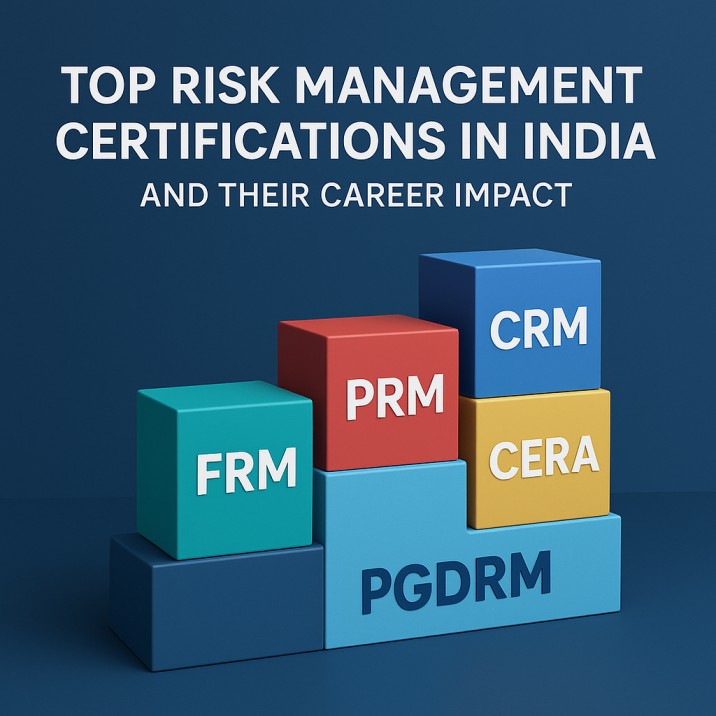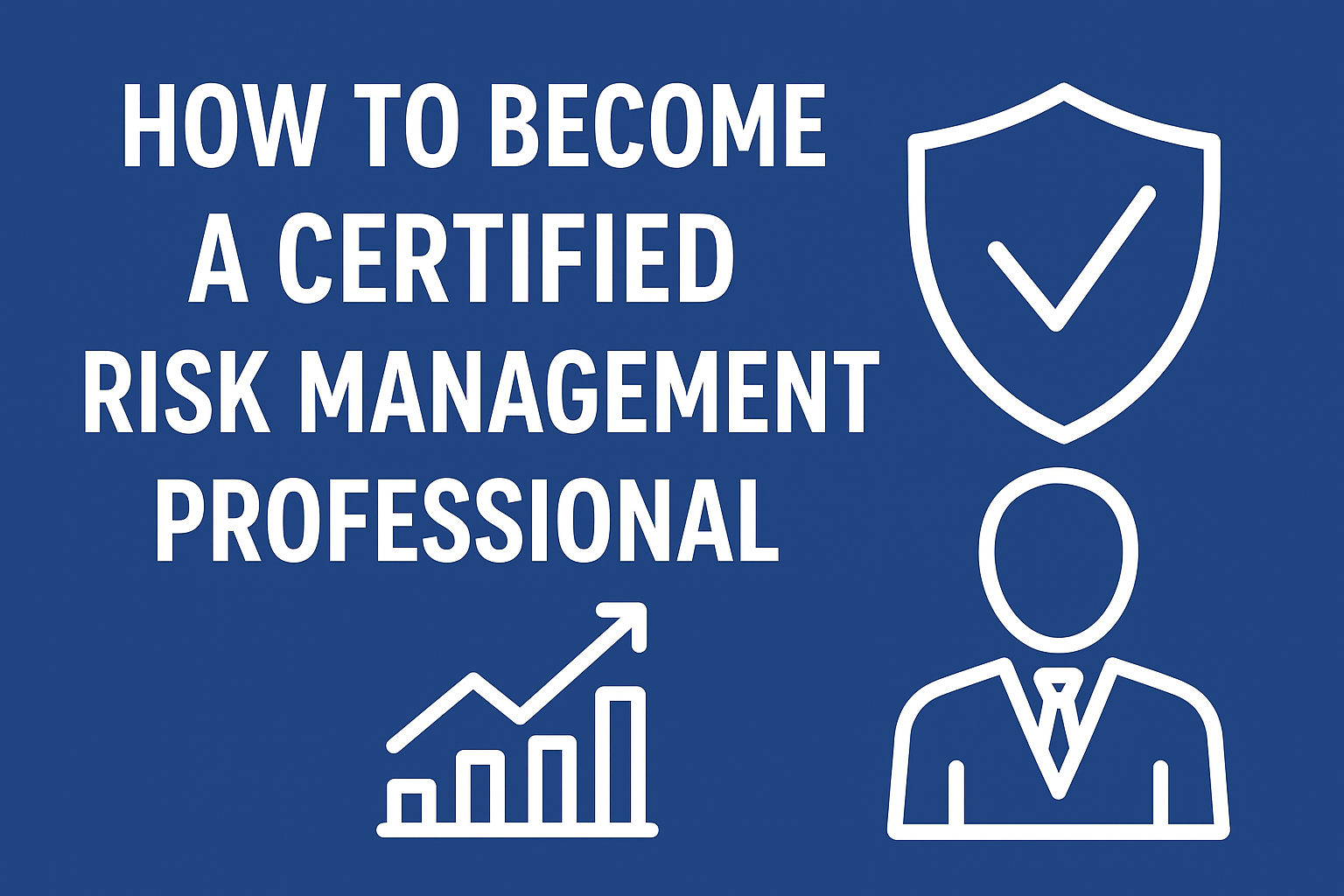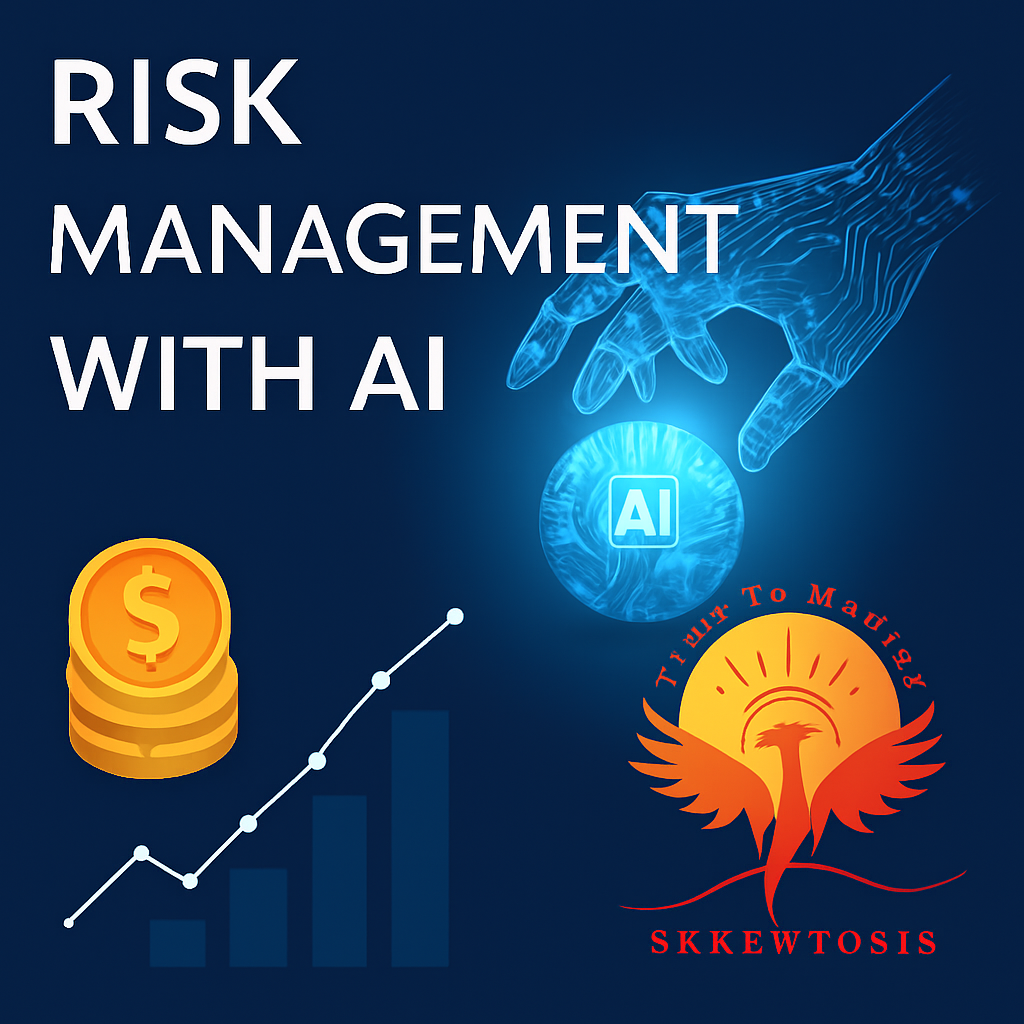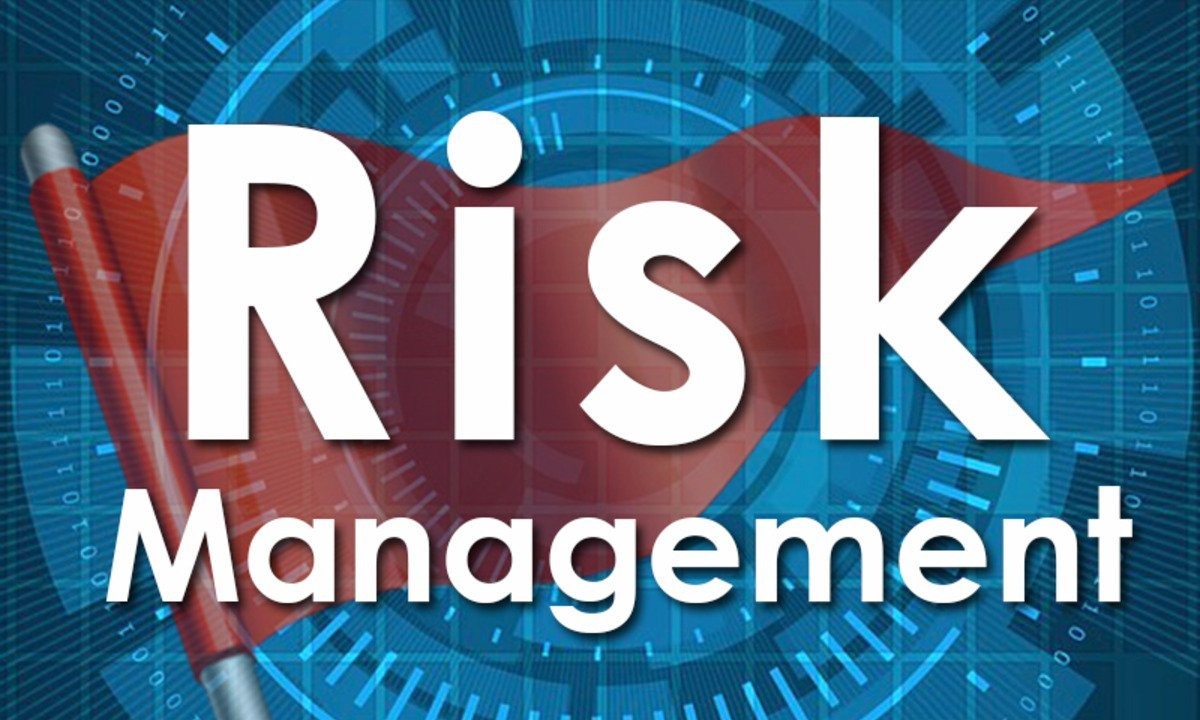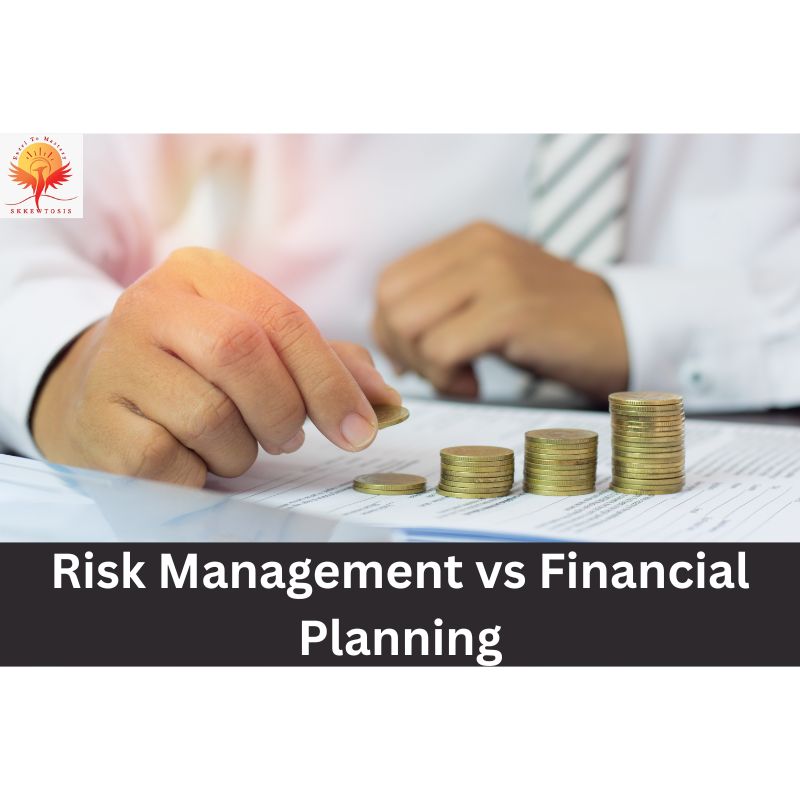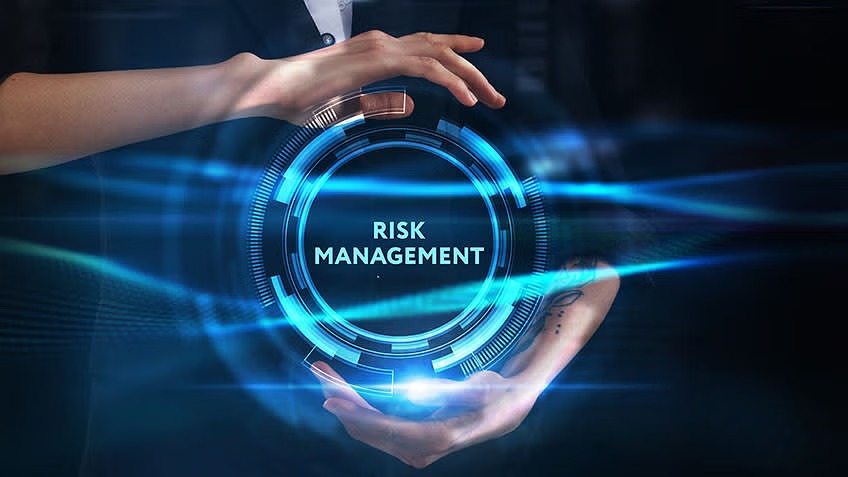
How to choose top risk management courses with certificate
In the fast-moving world of finance, anyone hoping to carve out a niche in market risk needs more than a textbook grasp of the basics; they also have to be at ease with the day-to-day tools and techniques that keep models honest. As regulators tighten the reins and firms spotlight model risk, picking the Risk management course training program can set the direction for your career.
The following tips can help you match a course to your personal goals.
1. Understand Your Career Objectives
Ask yourself what you want to achieve before you sign up for a class. Are you just starting out and hoping to land your first risk-management role? Or have you been on the job for a few years and now want to drill down into model validation and compliance?
- If youre new, hunt for introductory programs that break down key concepts like VaR, Expected Shortfall, stress testing, and the basics of governance.
- If you already hold an analyst seat, pursue advanced offerings that dig into backtesting, benchmarks, FRTB rules, and the full validation lifecycle.
2. Look for Industry-Relevant Curriculum
The finance world is tightly regulated, and proof-of-risk processes change from one firm to the next. A solid course covers:
- Quantitative tools such as statistical tests and Monte Carlo runs
- Key risk models: VaR, CVaR, liquidity stress, and counterparty credit
- Core rules like Basel III, FRTB, and SR11-7
- Practical coding in Python, R, or MATLAB
Check that the syllabus matches todays regulatory demands and market practice.
3. Choose the Right Learning Format
Pick a delivery style that fits your calendar and study habits:
- Online Self-Paced: Perfect for busy people who need freedom.
- Instructor-Led Virtual Classes: Offers live dialogue and a clear path.
- In-Person Workshops: Lets you meet peers and ask questions on the spot.
Platforms like Coursera, edX, and Udemy-plus niche sites such as Skkewtosis-serve up risk-validation courses in all these formats.
4. Evaluate Instructor Expertise and Credentials
A programs value rests largely on who leads it. Seek trainers who are:
- Practitioners who have filled risk-validation roles on the desk
- Academics from respected business schools or finance labs
- Advisors with hands-on work in regulation or consulting
These experts link theory to practice, sharing stories and cases you wont find in a textbook.
5. Assess Certification and Career Value
Many online courses hand out a certificate when you cross the finish line. That badge wont land a job by itself, but it does polish your résumé and shows hiring managers youre serious about keeping your skills fresh.
A few industry-tuned certificates worth hunting for are:
- GARP FRM (Financial Risk Manager)
- CFA Institutes Investment Foundations
- Certified Market Risk Professional (CMRP)
6. Check Reviews and Alumni Outcomes
Before you hit enroll, scroll through course reviews, browse alumni on LinkedIn, and see where they wound up after class. Real stories paint a clearer picture of what you can actually expect.
7. Budget and ROI Consideration
Money matters, of course, but so does return on that investment. An upper-range program that lands you a seat in a leading bank usually beats a bargain course full of dusty slides.
Conclusion
Picking the right market risk-validation program means weighing solid content, real-world tasks, strong teachers, and your own career map. Put in that research, and you could step into sought-after roles at banks, funds, or watchdog agencies. In an economy that fears hidden risk, model validators and savvy risk pros will stay on every firms must-hire list.
FAQs
Q1: What background is helpful for the market-risk-validation course?
Students usually do best with studies in finance, economics, stats, math, or engineering. A feel for the markets and basic Python or R coding helps, too.
Q2: Is a certification really needed to land a market-risk-validation job?
Formal badges like the FRM or CFA boost your story but arent deal-breakers. What interviewers really hunt for is solid know-how you can show on the spot.
Q3: Can I move into market-risk validation if my background is in another part of finance?
Absolutely. People shift from credit-risk roles, audit teams, or trading analytics after honing targeted skills through focused courses.
Q4: How long does a typical market-risk-validation course run?
That depends. Bite-sized classes may take 2 to 4 weeks, while more thorough tracks stretch from 3 to 6 months, so you can fit them into your schedule.
Q5: What tools or software should I master for market-risk validation?
Get comfy with Python, R, advanced Excel, and MATLAB, plus risk platforms like RiskMetrics or the Bloomberg Terminal; those are industry staples you will see every day.

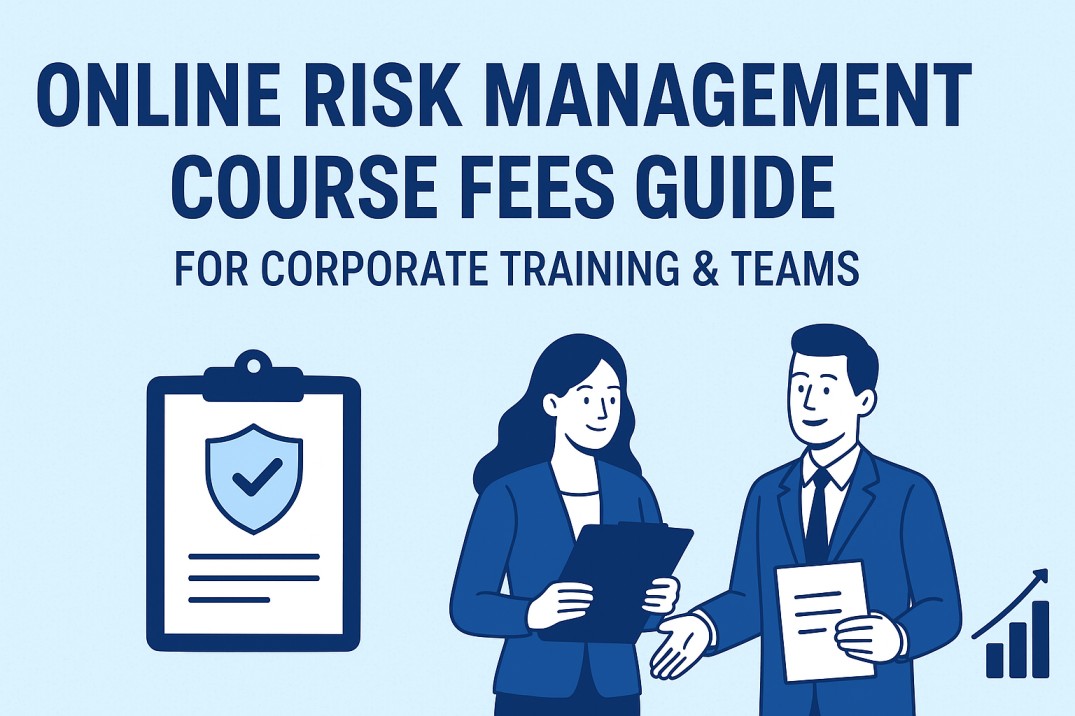

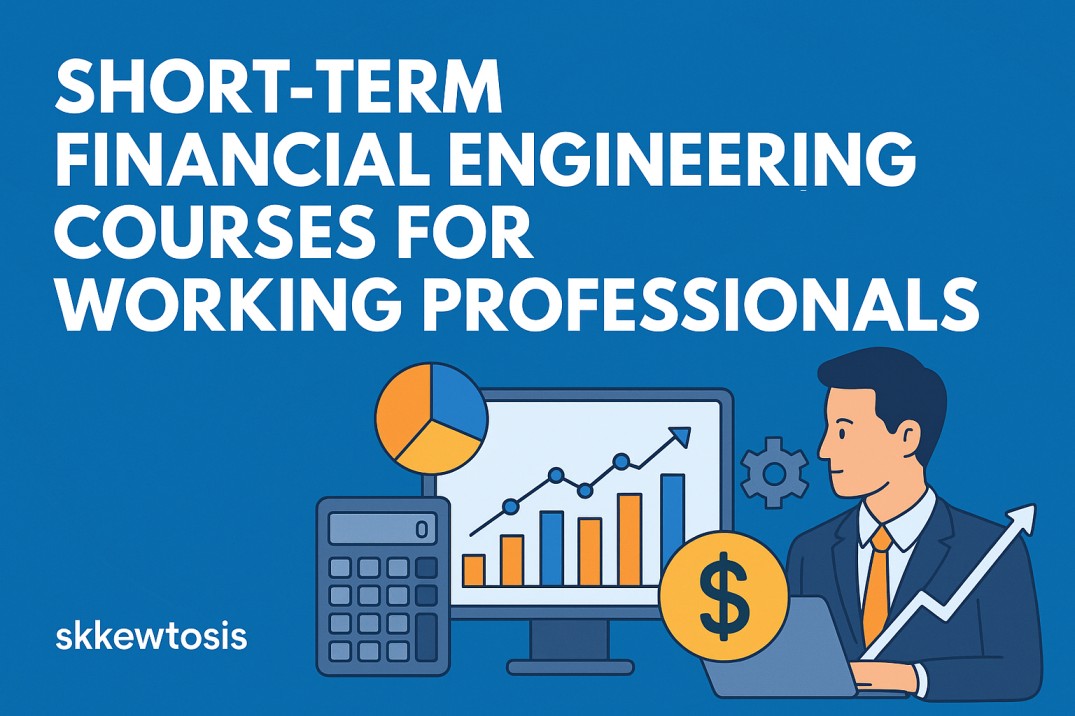
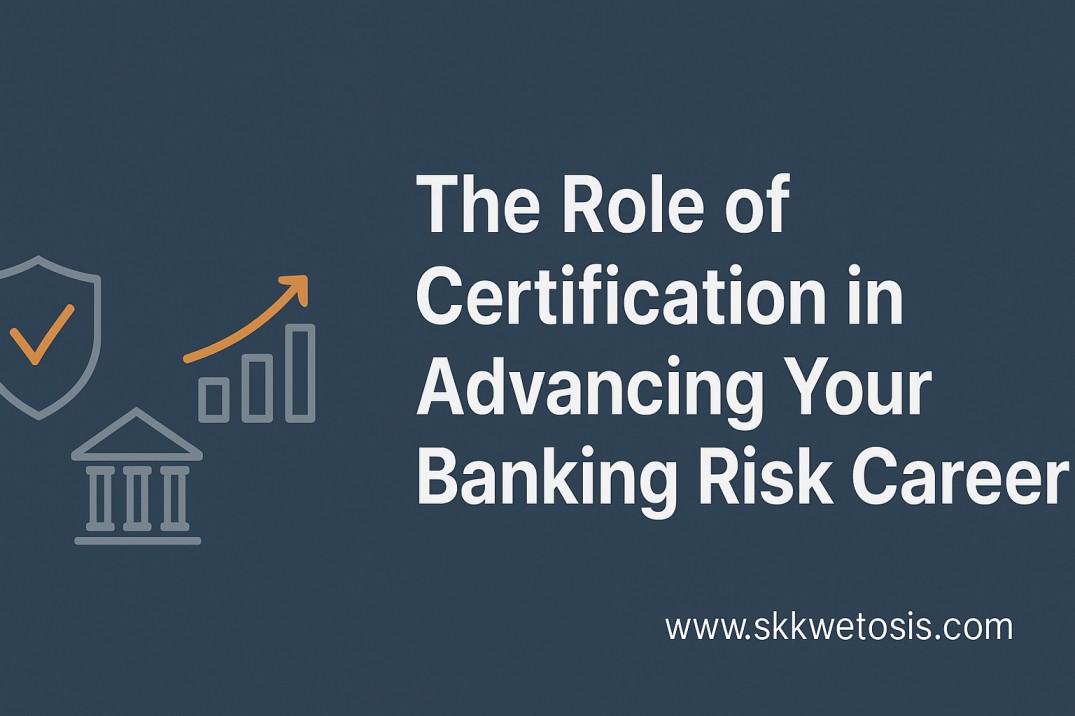
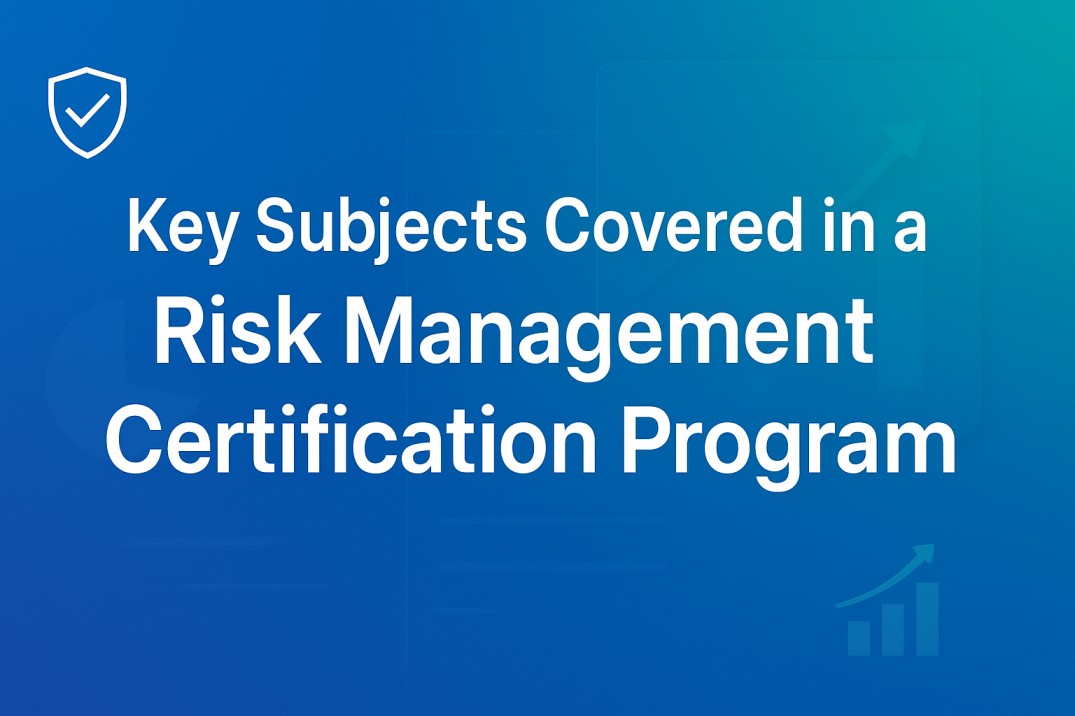
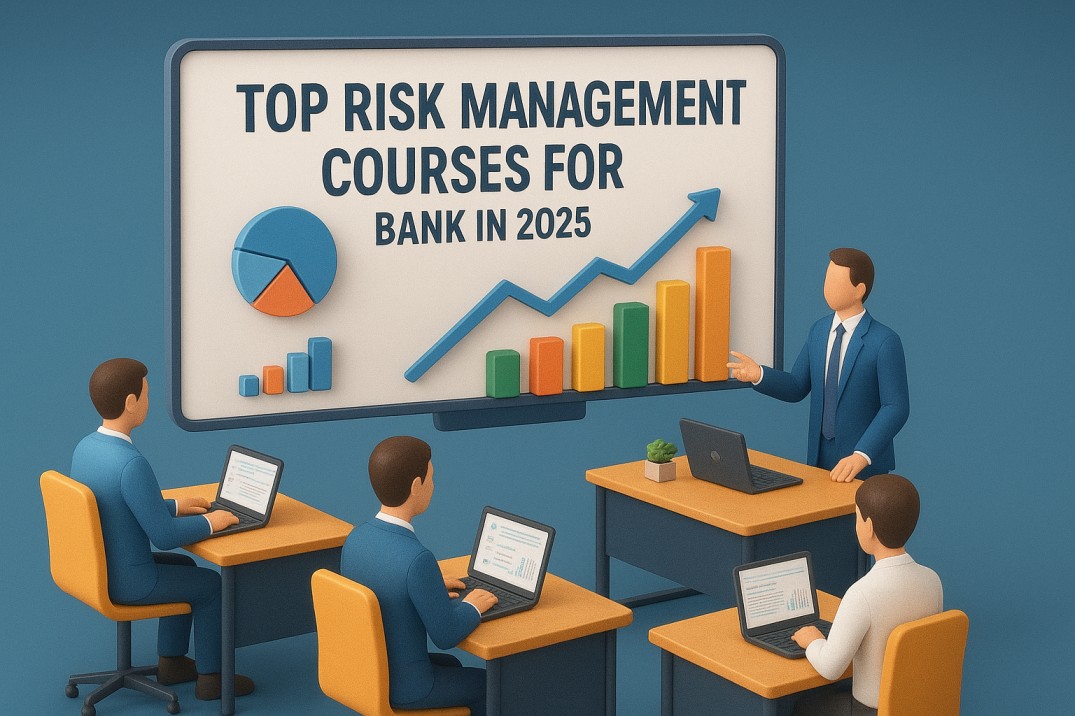
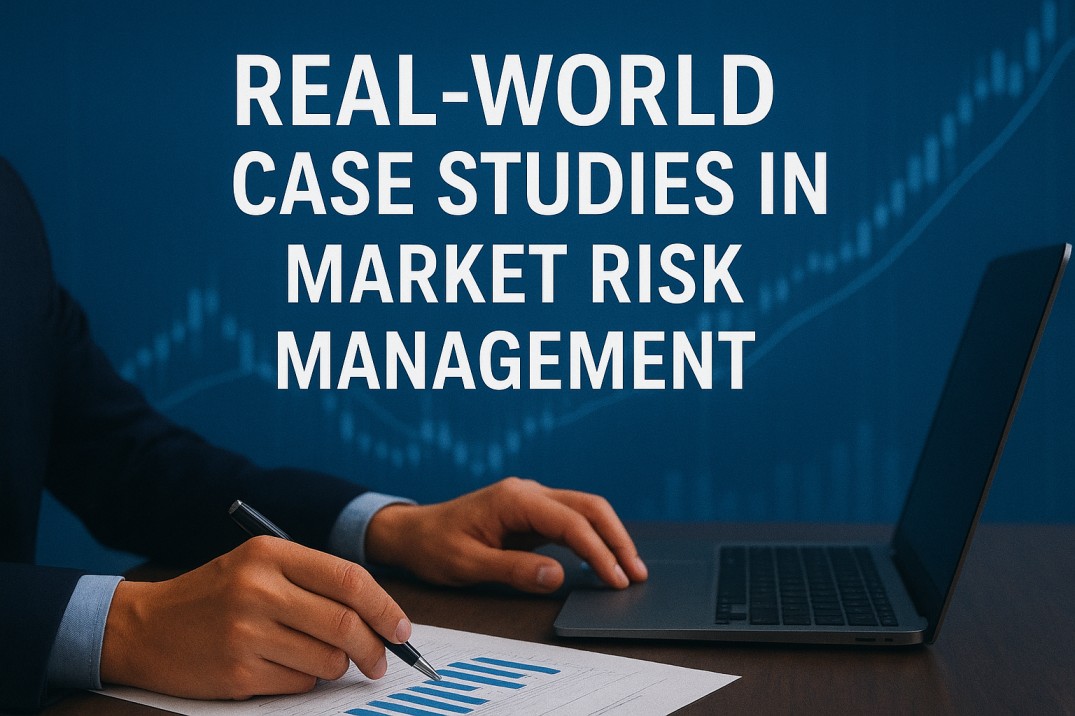
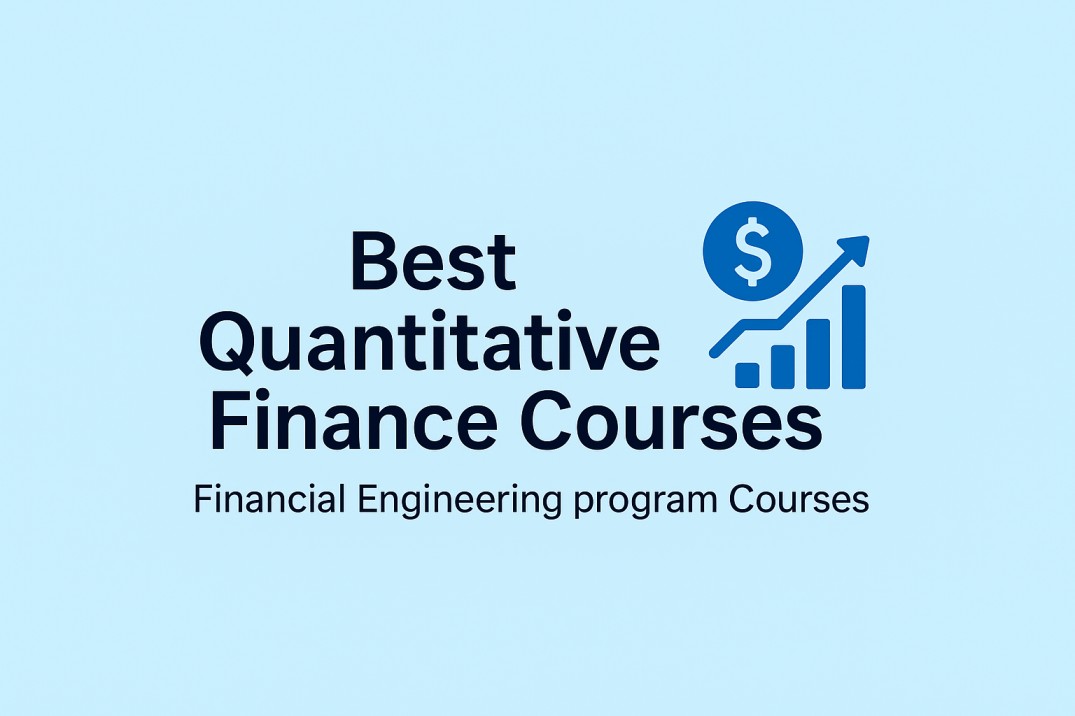
.jpg)
.jpg)
.jpg)
.jpg)
.jpg)
